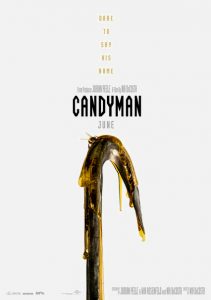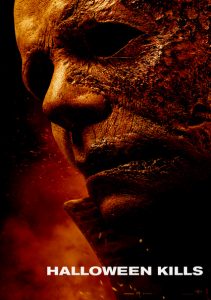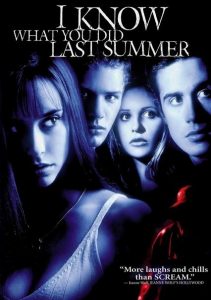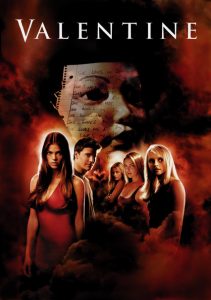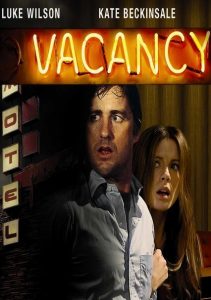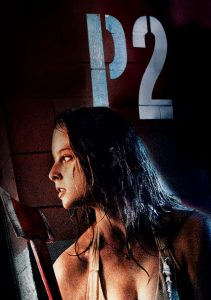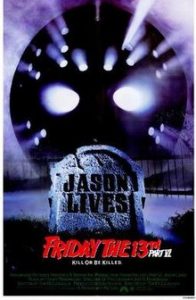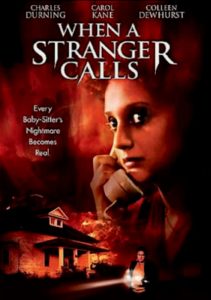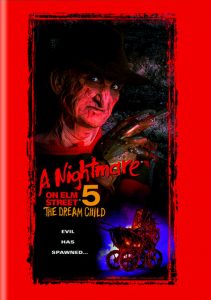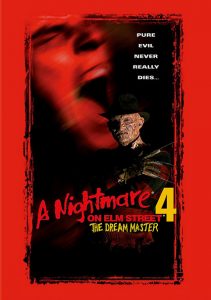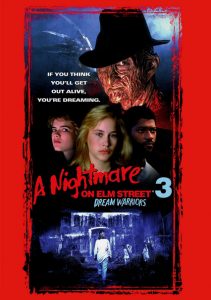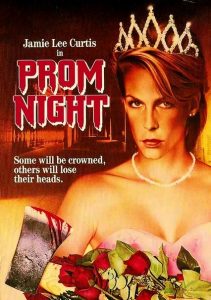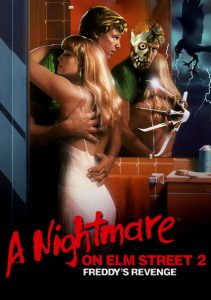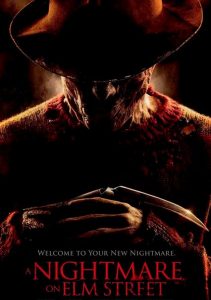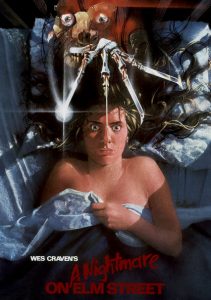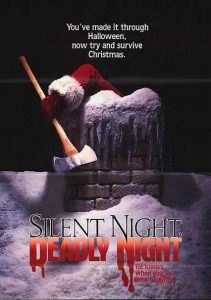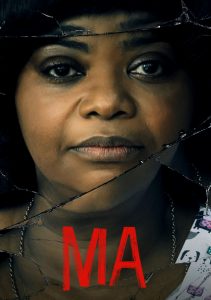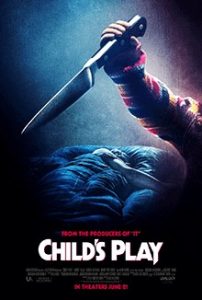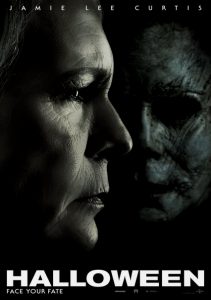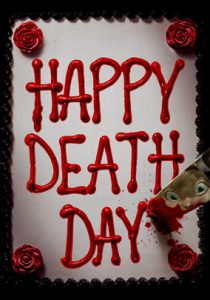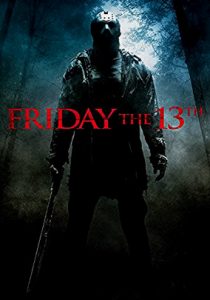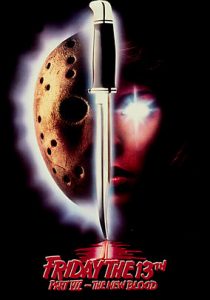Candyman-2021
Director Nia DaCosta
Starring Yahya Abdul-Mateen II, Teyonah Parris
Scott’s Review #1,217
Reviewed January 8, 2022
Grade: B
Not being such a fan of the original Candyman horror film from 1992 though admittedly not remembering it too well either I had mixed feelings when I heard that a reboot was in the works.
I’ve learned that while most remakes, especially in the horror genre, are not masterpieces, there is some joy in seeing them resurface.
I was delighted when I realized that Jordan Peele, the magnificent modern director of gems like Get Out (2017) and Us (2019), had co-written the screenplay.
Peele tends to create intelligent and well-written black characters, a representation that is still underrepresented in film today.
I admire the creativity and visual aspects that the new Candyman (2021) offers, and the characters, primarily black, are to be respected and emulated because they are the heroes of the film.
The social message is another win, and Peele is not the only player deserving of credit: newcomer director Nia DaCosta treats the viewer to more than the story. An artsy and sophisticated downtown Chicago art gallery, along with a swanky apartment, are the main settings.
With all these credos, Candyman is not a complete win and is sometimes overcomplicated. The supernatural elements, paired with a socially relevant angle, are implausible, and I yearned for a more direct and accountable approach rather than fantastical storytelling.
The film has a specific left-wing message, which I champion but that others may not.
For as long as residents can remember, the urban housing projects of Chicago’s Cabrini-Green neighborhood have been terrorized by a word-of-mouth ghost story about a supernatural killer with a hook for a hand. He can easily be summoned by simply repeating his name five times into a mirror.
As a child, Anthony McCoy (Yahya Abdul-Mateen II), who was a resident of the towers, met a man assumed to be the killer, who was then unnecessarily killed by police.
Decades later, the Cabrini towers are long gone, and Anthony is a struggling visual artist. He and his girlfriend, gallery director Brianna Cartwright (Teyonah Parris), move into a luxury loft condo in Cabrini, now gentrified and inhabited by affluent millennials.
Anthony has a chance encounter with a former Cabrini-Green resident named Billy Burke (Colman Domingo). Anthony begins to explore these macabre details in his paintings, unknowingly unleashing a supernatural beast and risking his own sanity.
The sophisticated visual style, especially the wonderful drawings featured at the start and end of Candyman, is impressive. They provide a heavy and realistic portrayal of African American culture and the generations of unfairness and mistreatment they have suffered.
This relates to the film’s point and is nuanced in explaining why the supernatural force with the hook rises in the first place and exacts vengeance on those who conjure it.
The final sequence cements this detail as a slaughter erupts between Anthony, Brianna, and the police. The police are portrayed as unkind and corrupt, but I get the point of the film. Oftentimes, the police are no friends of poor black people.
Despite the social element, Candyman doesn’t feel preachy.
The lead actors are attractive and appealing, and even the original Candyman, actor Tony Todd, makes a brief appearance. Other characters from the original also make appearances.
The kill scenes, a must for a horror film, are delightful, especially a sequence in which a troupe of gossipy schoolgirls meets their maker in a bloody girl’s bathroom scene. Besides being fun, the scene features a camera visual through a makeup compactor that is highly effective.
It’s just that when the credits rolled, I didn’t feel enough satisfaction from what I had just seen. I was more perplexed by how the legend intersected (or did he become?) relevant to present times and to Anthony specifically.
Candyman (2021) delivers an entertaining and relevant themed resurfacing of a thirty-year-old film that I’m glad I watched. It sometimes delivers, but an otherworldly spirit sometimes overshadows the realistic and important racial message.
